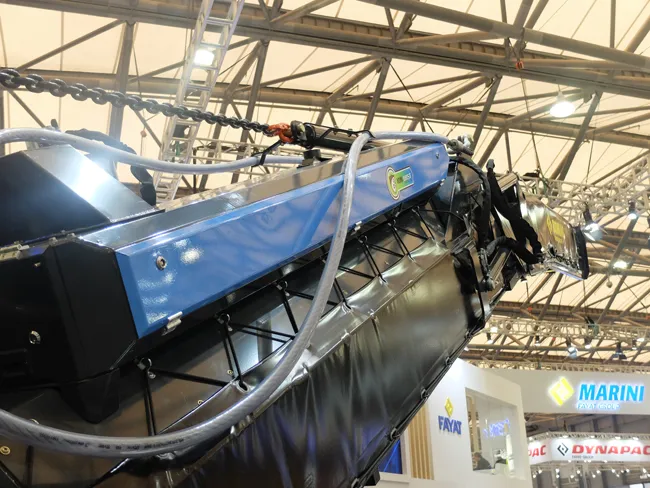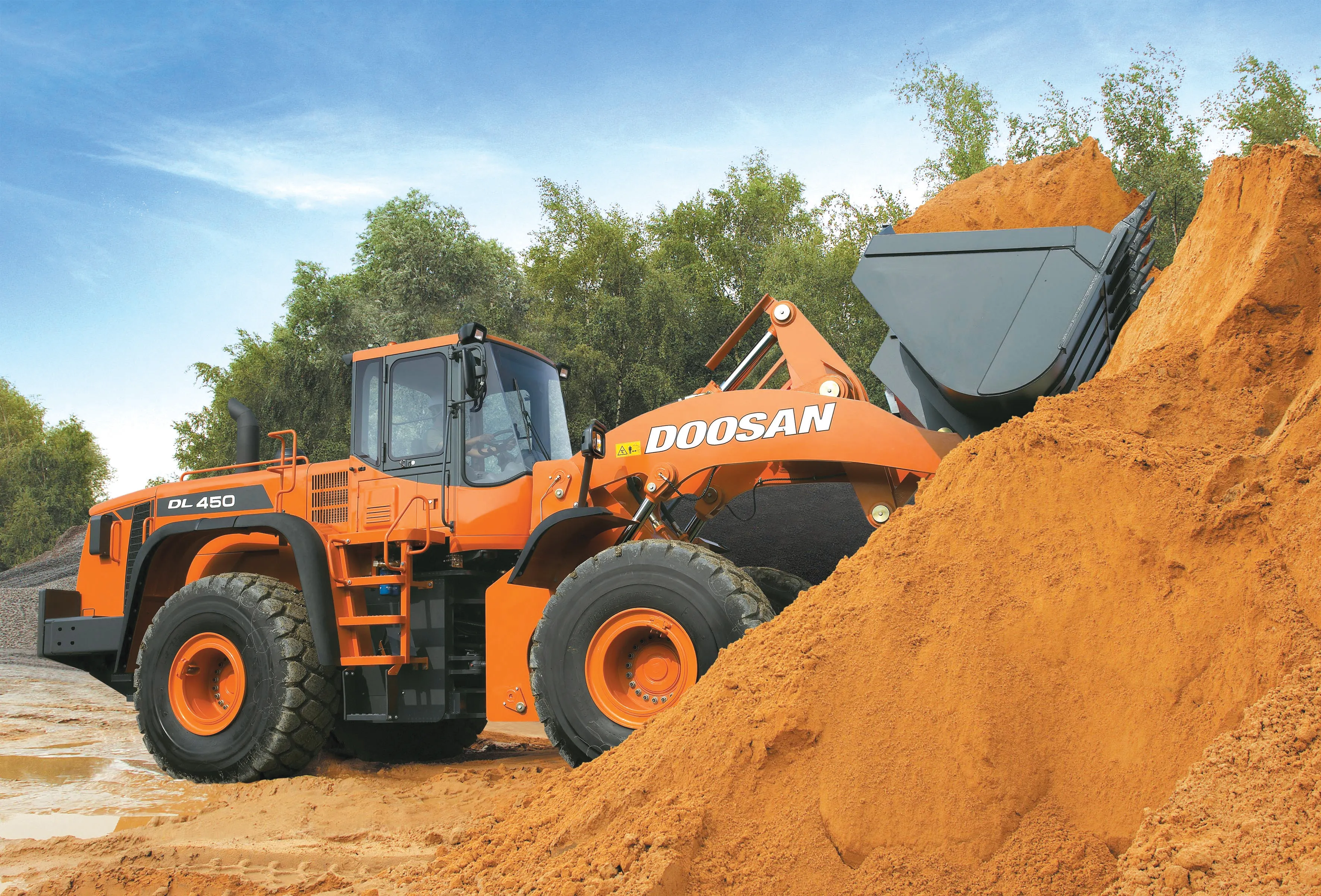Caterpillar is introducing sophisticated technologies for use in its M Series, M Series 2 and M Series 3 Motor Graders. The Cat GRADE package features cross slope, stable grade, auto articulation and advanced control joysticks and can be integrated into the firm’s graders. These technologies can be implemented to improve operator performance and productivity, while reducing operating costs.
The Cat GRADE with cross slope package is an optional, factory-integrated system that requires no base station, desi
March 18, 2016
Read time: 2 mins

The Cat GRADE with cross slope package is an optional, factory-integrated system that requires no base station, design files or data radios. The firm says that this 2D system is simple and cost effective and automatically adjusts the slope of the blade based on the operator’s input. The system provides a uniform elevation change across the cutting edge. Operators can get to grade more quickly and accurately while burning less fuel and using fewer materials. Should 3D control be required, the system can also be upgraded.
The stable grade system is an optional patented technology that detects and reduces machine bounce to improve precision. The firm says that the system automatically decreases engine speed at 15% intervals whenever machine bounce is detected. As the grader stabilises, engine speed increases until a pre-set level is reached.
Auto articulation allows the motor grader operator to articulate automatically while steering. This delivers improved productivity and manoeuvrability, particularly in tight spaces or around curves and obstacles.
The advanced control joysticks allow operators to steer, shift, articulate, adjust the blade, use Cat GRADE with cross slope, and control auxiliary hydraulics—without taking their hands off the controls.








